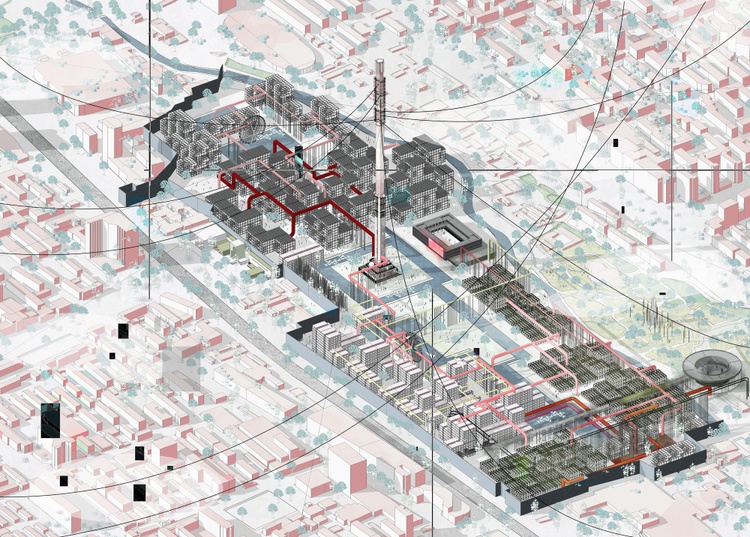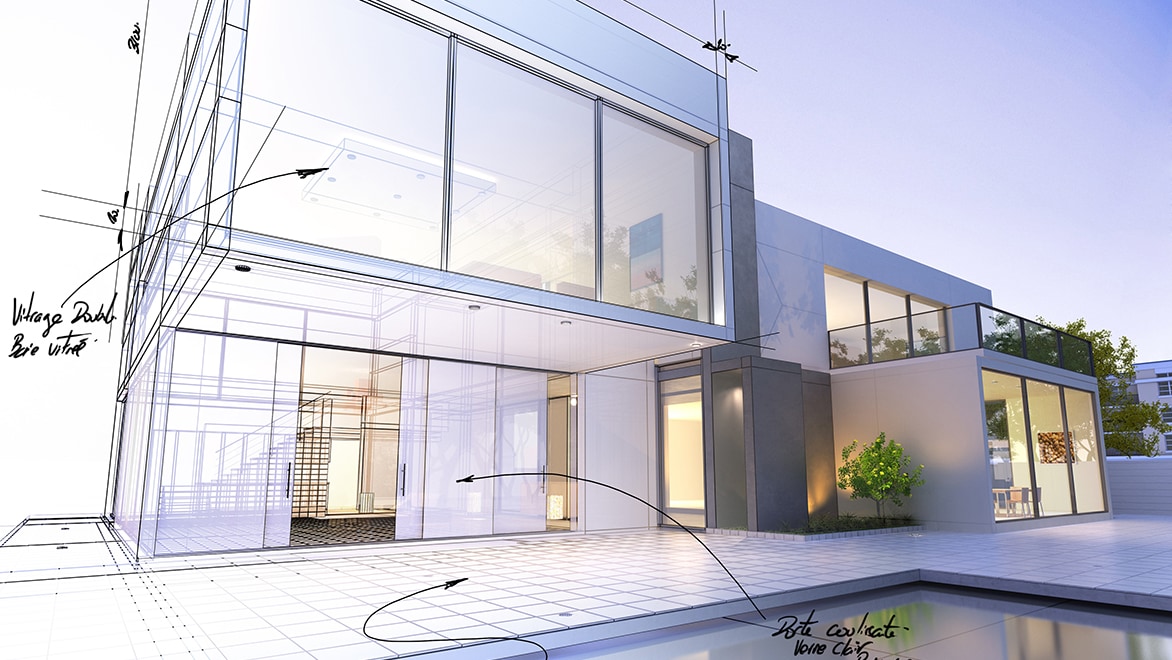Check Out Prize-winning Projects by Popular CDA Architects
Check Out Prize-winning Projects by Popular CDA Architects
Blog Article
The Influence of Technical Innovations on the Layout Practices of Contemporary Architects
The rapid evolution of technical tools has considerably improved the design landscape for modern designers, cultivating unprecedented levels of advancement and sustainability. The combination of Structure Info Modeling (BIM), parametric design, and synthetic knowledge has not only streamlined cooperation among diverse groups yet additionally redefined job execution. As architects accept these advancements, they are confronted with complex difficulties that could affect their creative processes. Exploring these dynamics reveals a nuanced interaction between modern technology and typical style methodologies, motivating a closer exam of what the future holds for architectural methods.
Advancement of Architectural Equipment
Just how have building tools transformed the design and building and construction procedures over the centuries? The development of architectural tools has dramatically affected the effectiveness, accuracy, and imagination of design and building. In old times, architects rely upon basic tools such as plumb bobs, determining poles, and fundamental geometry to create frameworks. These devices laid the structure for very early architectural technique, permitting for the building and construction of iconic frameworks, albeit with limitations in accuracy and intricacy.
With the arrival of the Renaissance, the intro of the compass and the protractor marked a crucial change. These tools made it possible for architects to attain better precision in their designs, promoting the emergence of even more elaborate and proportionate structures. The Industrial Change better reinvented architectural experiment the introduction of mechanical devices and products, enabling larger and extra enthusiastic tasks.
In the 20th century, the growth of computer-aided style (CAD) software application transformed the landscape once more, providing designers with extraordinary capabilities in modeling and visualization. Today, progressed tools such as Building Details Modeling (BIM) and parametric style software application remain to push the borders of building advancement, making it possible for a much more incorporated technique to design and building and construction processes.
Improved Collaboration in Layout
As innovation remains to progress, boosted partnership in layout has ended up being a cornerstone of contemporary architectural method. The assimilation of digital tools such as Structure Information Modeling (BIM), cloud-based systems, and progressed visualization software has actually changed the way designers, designers, and stakeholders interact throughout the style procedure. These tools help with real-time interaction, enabling groups to share concepts, modifications, and feedback instantly, despite geographical area.

In addition, interdisciplinary cooperation has been streamlined through these technical advancements, enabling engineers to function a lot more closely with other specialists, such as city coordinators and environmental specialists. The outcome is an extra cohesive approach to develop that considers various viewpoints and competence. Eventually, enhanced cooperation in style is not merely a fad; it is necessary for creating innovative, practical, and visually pleasing architecture in a significantly complex globe.
Sustainability With Technology
Sustainability in design has actually significantly ended up being linked with technological advancement, driving the sector toward ecologically liable practices - cda architects. Contemporary designers are leveraging innovative modern technologies to reduce ecological influence while enhancing the performance of structures. One noticeable example is making use of Structure Details Modeling (BIM), which permits exact preparation and resource allotment, minimizing waste throughout building and promoting power performance throughout a building's lifecycle
Additionally, wise products and energy-efficient systems are being incorporated right into designs to enhance source use. Technologies such as solar batteries and green roof harness renewable energy sources, contributing to minimized carbon impacts. Furthermore, the application of fabricated knowledge in layout procedures makes it possible for architects to simulate and evaluate energy consumption, directing decisions toward more sustainable outcomes.
The integration of lasting modern technologies not just aligns article source with worldwide ecological goals however also satisfies a boosting demand from consumers for environment-friendly options. As designers embrace these developments, the focus changes towards creating rooms that are not just visually pleasing but additionally functionally lasting, thus redefining the standards of Discover More Here modern style. In this means, technology acts as a catalyst for sustainability, enabling engineers to create buildings that regard and improve the natural setting.
Difficulties in Application
While technological innovations in design hold fantastic promise for boosting sustainability, their implementation often comes across significant challenges - cda architects. One main challenge is the high understanding curve related to new modern technologies. Designers and construction specialists may need considerable training to successfully make use of sophisticated software program and tools, which can postpone job timelines and increase expenses
In addition, the combination of arising technologies, such as Building Details Modeling (BIM) and sustainable materials, usually necessitates partnership throughout multidisciplinary teams. This partnership can be prevented by differences in expertise, process, and interaction designs, leading to prospective disputes and inadequacies.
Financial restrictions even more complicate the adoption of ingenious innovations. Several architectural firms, especially smaller ones, might do not have the resources to buy innovative devices, restricting their capacity to compete with larger firms that can pay for such investments.
Additionally, governing structures and structure codes might not equal technological developments, creating uncertainty and possible conformity issues. This difficulty can dissuade engineers from completely welcoming brand-new modern technologies, as the risk of non-compliance may exceed the benefits. As a result, resolving these execution obstacles is critical for the effective assimilation of technical improvements in contemporary architectural click here for more practices.
Future Fads in Design
The difficulties associated with the execution of brand-new innovations in architecture have actually triggered a reevaluation of future patterns within the market. As designers navigate concerns such as sustainability, urbanization, and social equity, they are significantly embracing innovative modern technologies to boost style efficiency and ecological performance.
One prominent fad is the combination of synthetic knowledge (AI) in the style process. AI devices can evaluate vast datasets to educate style choices, boosting both creativity and capability. Structure Information Modeling (BIM) proceeds to evolve, making it possible for real-time partnership amongst stakeholders and helping with structured project monitoring.
Sustainable layout practices are likewise gaining momentum, with designers concentrating on flexible reuse and regenerative layout principles that decrease resource usage and waste. The unification of smart materials and eco-friendly power sources will additionally boost the durability of buildings despite climate modification.

Verdict
Technical advancements have actually substantially reshaped building style techniques, facilitating improved precision, cooperation, and sustainability. The assimilation of devices such as Building Details Modeling and parametric layout software application, alongside expert system and smart products, equips architects to address intricate difficulties much more efficiently. While implementation might provide certain barriers, the continued evolution of these modern technologies guarantees to drive innovation in style. Future patterns will likely additionally highlight sustainability and performance, eventually redefining the built setting.
Report this page